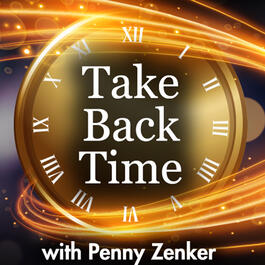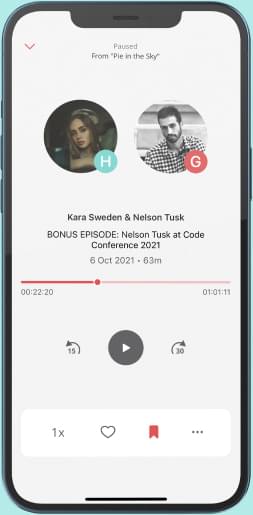
What is perception bias, and why does it matter, and how does hyper-personalization stop bias? Perception bias is our tendency to interpret people and behaviors based on our own filters—whether that’s age, gender, role, or past experience. We don’t mean to do it. But we all do. It’s fast, automatic, and often subconscious. Here’s the catch: Bias doesn’t just hurt inclusion—it kills engagement. According to Deloitte’s 2025 Human Capital Trends report, 71% of employees expect personalized experiences at work, but only 23% of organizations are delivering them effectively. That gap? It’s where bias thrives. When people feel misunderstood or misjudged, they check out. And burnout? It’s not always caused by workload. It’s often caused by people feeling unseen, unheard, and undervalued. That’s perception bias in action. Neuroscience backs this up. The brain’s anterior cingulate cortex—the region tied to pain and conflict—lights up when we feel socially excluded, similar to physical pain. Feeling like a number isn’t just demotivating—it’s neurologically distressing. How hyper-personalization flips the script So what’s the reset? It’s personal. Literally. Hyper-personalization uses real-time data, AI, and behavioral insights to create tailored experiences that meet employees where they are. Think learning styles, communication preferences, reward motivators, even snack and feedback preferences. When leaders co-create profiles with their teams—knowing what energizes them, how they like to receive feedback, what stresses them out—you close the assumption gap. And when people feel seen, they show up differently. 📈 Stats that prove it:Adobe reduced voluntary turnover by 30% after launching its “Check-In” system—ditch the annual review, focus on frequent, personalized conversations.Salesforce saw 11% higher engagement in teams where managers had access to individual workstyle preferences.And Domino’s didn’t just use hyper-personalization for customers—they built internal AI tools to tailor onboarding and development. It’s part of how their stock jumped 3,500% over a decade. Let’s talk results Hyper-personalization isn’t about coddling. It’s about performance. McKinsey found that organizations that personalize the employee experience see up to 15% increases in productivity and 20% higher retention. But it only works when personalization is embedded—not just in onboarding—but in daily rhythms:1:1s that start with “What do you need today?”Feedback that aligns with the person, not just the roleRecognizing wins in a way that actually lands When employees don’t have to mask or mold themselves to fit a generic mold, they focus more, collaborate better, and stay longer. That’s not a soft benefit. That’s ROI. Your Reset. Try it. See the difference it makes. Love the show? Subscribe, rate, review, and share! https://pennyzenker360.com/positive-productivity-podcast/
From "Time to Reset"


Comments
Add comment Feedback